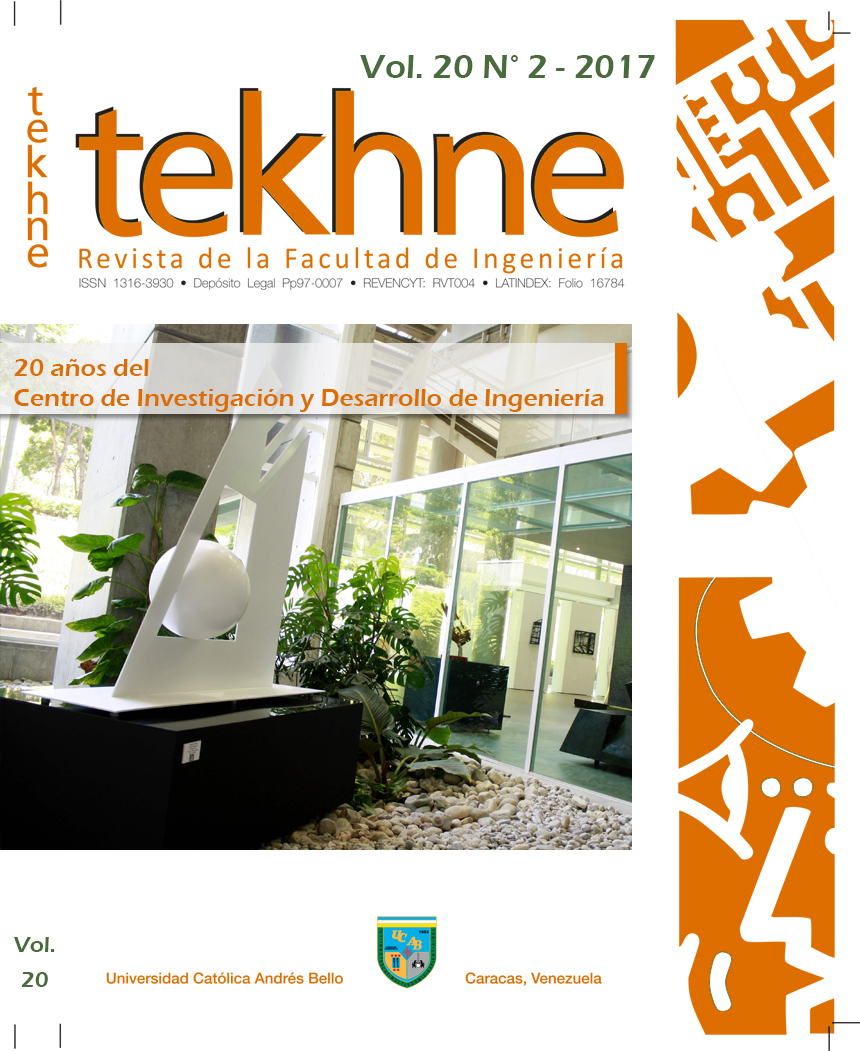Use of Molecularly Imprinted Polymers as sample pre-concentrators in chemical trace analysis
Empleo de Polímeros de Impronta Molecular como pre-concentradores de muestras en el análisis químico de trazas
DOI:
https://doi.org/10.62876/tekhn.v20i2.3449Abstract
The selective molecular recognition properties of Molecular Imprinted Polymers (MIPs) make them highly sensitive and with high selectivity and affinity for the analyte. The molecular imprinting technique is based on the preparation of a highly cross-linked polymer around an analyte used as a template molecule. Initially the analyte is brought into contact with a suitable monomer in order to form a pre-polymerization complex, subsequently the crosslinker, the initiator and the solvent (porogen) with which the polymerization is carried out are added. Once the polymer is obtained, the template molecule is extracted, releasing the specific recognition sites. It is due to these recognition sites within the polymer matrix (complementary to the molecule under analysis in the shape and position of the functional groups), that selective molecular recognition occurs. Solid phase extraction based on molecularly imprinted polymers is a technique frequently used for the analysis of environmental, food and bioanalytical samples, and is called MISPE (Molecularly Imprinted Solid Phase Extraction). The analysis of an analyte in complex mixtures often requires several pretreatment steps. If the compound to be analyzed is present in very low concentrations, it is necessary that it be concentrated to be able to detect it by standard analytical techniques. On the other hand, if the sample has other compounds, a prior step that involves cleaning is necessary. Solid phase extraction is a widely used technique for sample pretreatment, as it is flexible and easy to automate. This work presents the molecular printing process and its applications in combination with solid phase extraction, to be used as an alternative for the pre-concentration of complex samples such as food and the environment.
Downloads
Downloads
Published
How to Cite
Issue
Section
License
Copyright (c) 2017 Array

This work is licensed under a Creative Commons Attribution-NonCommercial-ShareAlike 4.0 International License.




